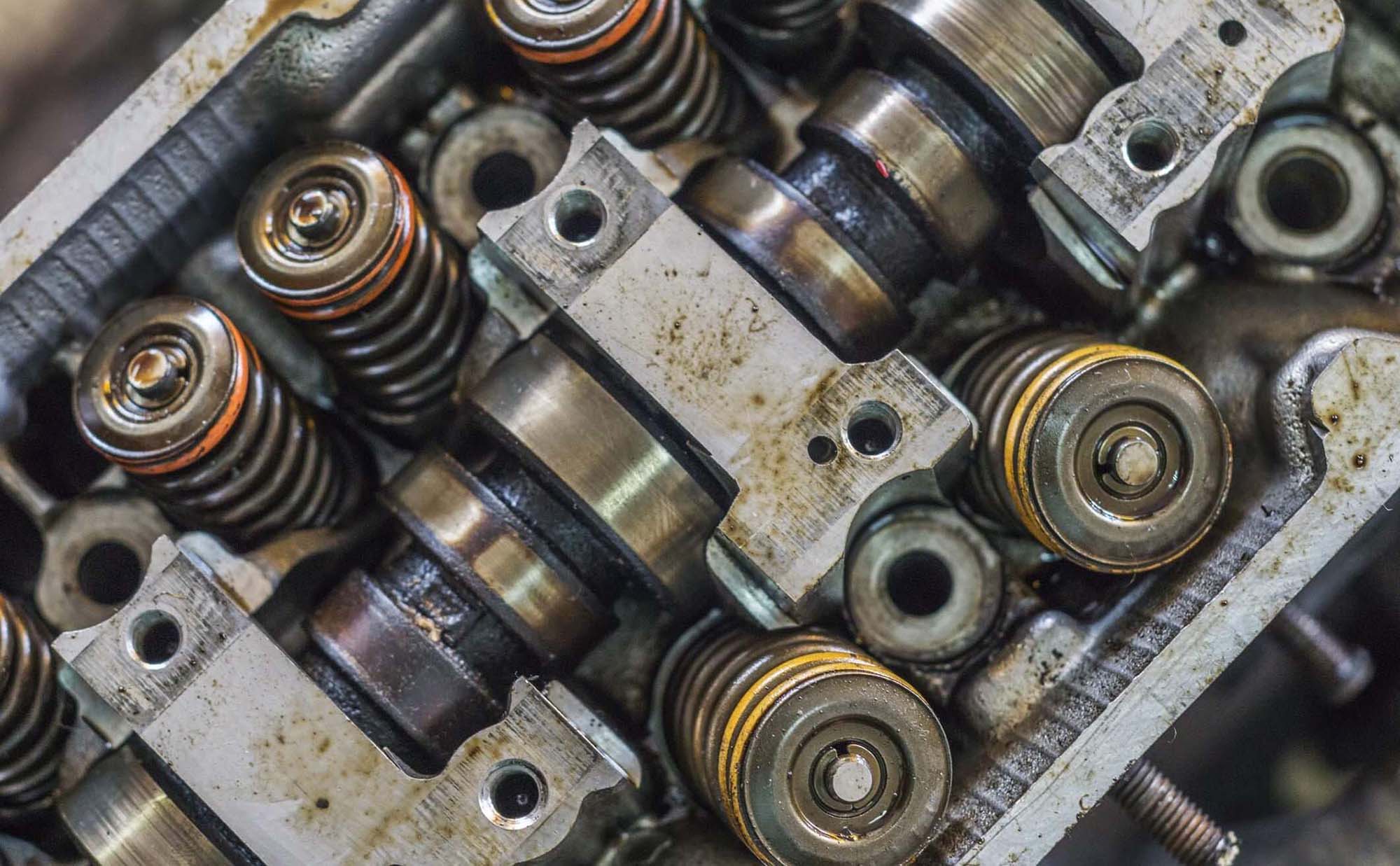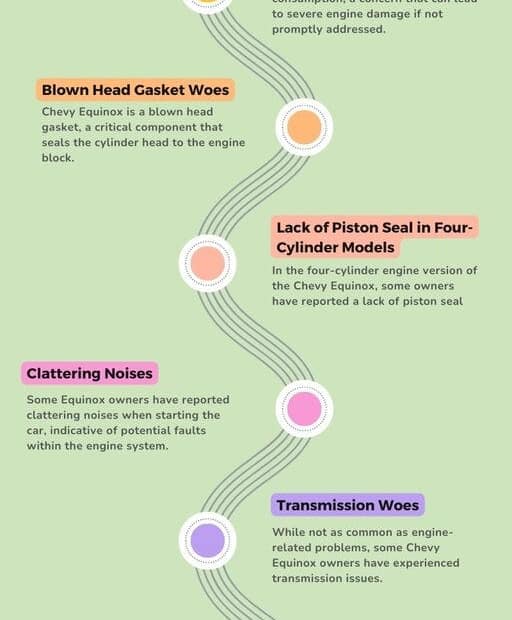A blown head gasket is typically caused by overheating in the engine or a faulty gasket. This can lead to coolant and oil mixing, which results in loss of compression and engine damage.
Blown head gaskets can occur due to lack of maintenance, engine misfire, or old age. It is a serious issue that requires immediate attention, as driving with a blown head gasket can cause further damage to the engine. Identifying the symptoms, such as white smoke from the exhaust, loss of coolant, or engine overheating, can help diagnose a blown head gasket.
Taking prompt action and seeking professional repair can help prevent costly repairs and ensure the longevity of your vehicle’s engine.
Common Causes Of Blown Head Gasket
Understanding the common causes of a blown head gasket is crucial for any car owner. This engine component plays a vital role in the proper functioning of your vehicle. A blown head gasket can lead to serious engine damage, costly repairs, and even render your car undrivable. To help you identify potential issues and take preventive measures, we have highlighted the three most common causes of a blown head gasket: engine overheating, coolant contamination, and excessive cylinder pressure.
Engine Overheating
One of the primary causes of a blown head gasket is engine overheating. When your engine becomes too hot, it can cause the head gasket to warp or crack, resulting in a failure. This can happen due to a variety of reasons, such as a malfunctioning thermostat, a faulty radiator, or a lack of coolant. It’s essential to regularly monitor your engine’s temperature gauge and address any signs of overheating promptly. Taking preventive measures, such as checking coolant levels, flushing the cooling system, and inspecting the radiator for any leaks or blockages, can help prevent engine overheating and potential head gasket damage.
Coolant Contamination
Coolant contamination is another common cause of a blown head gasket. Coolant, also known as antifreeze, prevents your engine from freezing in colder temperatures and overheating in hotter conditions. When the coolant becomes contaminated, it loses its effectiveness in regulating the engine temperature, leading to potential head gasket failure. This contamination can occur due to various reasons, including a leaking radiator, a malfunctioning water pump, or a cracked cylinder head. Regularly inspecting your coolant system for any leaks, performing coolant flushes, and using the recommended coolant mixture can help prevent coolant contamination and safeguard your head gasket.
Excessive Cylinder Pressure
Excessive cylinder pressure is another factor that can cause a blown head gasket. This pressure can result from various issues, such as a misfiring spark plug, a faulty piston ring, or a cracked engine block. When the pressure inside the cylinder becomes too high, it can cause the head gasket to fail, leading to a blown head gasket. Regular engine maintenance, including spark plug inspection and replacement, can help prevent excessive cylinder pressure and protect your head gasket from damage.

Credit: www.pomonaswapmeet.com
Detecting A Blown Head Gasket
A blown head gasket can be caused by overheating, which can result from a faulty thermostat or a damaged cooling system. Other causes include engine overheating, a cracked cylinder head, or a damaged engine block. Symptoms of a blown head gasket include white smoke from the exhaust, coolant leaks, and engine misfires.
Regular maintenance and prompt repairs can help prevent a blown head gasket.
Symptoms To Look For
When it comes to detecting a blown head gasket, there are several key symptoms to be on the lookout for. By recognizing these signs early on, you can prevent further damage to your engine and take necessary action. Here are the most common symptoms of a blown head gasket:
- Overheating engine: If you notice that your engine is constantly running hot and frequently overheating, it could be an indication of a blown head gasket. This occurs when the coolant leaks into the combustion chamber, causing the engine to overheat.
- White smoke from the exhaust: If you see thick white smoke coming out of your exhaust pipe, it is a telltale sign of a blown head gasket. This smoke is caused by coolant leaking into the combustion chamber and being burned along with the fuel.
- Loss of coolant: A sudden decrease in coolant levels without any visible leaks can be an indication of a blown head gasket. The coolant is likely escaping into the combustion chamber or mixing with the engine oil.
- Milky oil: Check the engine oil dipstick for signs of a milky or foamy appearance. This indicates that coolant has mixed with the oil due to a blown head gasket.
- Engine misfires: A blown head gasket can cause the engine to misfire or run unevenly. If you experience rough idling, stalling, or a noticeable decrease in power and acceleration, it could be due to compression loss caused by a blown head gasket.
Diagnostic Tests
If you suspect a blown head gasket based on the symptoms mentioned above, it is important to have a professional mechanic perform diagnostic tests to confirm the issue. These tests may include:
- Compression test: This test measures the compression levels in each cylinder of the engine. A significant drop in compression can indicate a blown head gasket.
- Cooling system pressure test: By pressurizing the cooling system, any leaks can be detected. If the pressure drops rapidly, it is a strong indication of a blown head gasket.
- Exhaust gas analyzer: This test measures the presence of hydrocarbon gases, such as carbon monoxide, in the coolant system. Abnormal levels can confirm a blown head gasket.
- Cylinder leak-down test: This test determines if there is any leakage of combustion gases from the cylinders. A blown head gasket will cause a loss of compression, resulting in a failed leak-down test.
Once the diagnosis is confirmed, it is crucial to address the blown head gasket promptly to prevent further damage to your engine. By being aware of the symptoms and seeking professional help, you can save yourself from costly repairs and potential engine failure.
Preventive Measures
Proper maintenance and care can help to prevent a blown head gasket. Here are some preventive measures to consider:
Regular Maintenance
Regular engine maintenance is crucial in preventing a blown head gasket. This includes checking the oil levels, coolant levels, and compression, and replacing any worn or damaged parts promptly.
Proper Cooling System Care
Maintaining the cooling system is essential to prevent overheating, a common cause of blown head gaskets. Regularly inspect the radiator, hoses, and thermostat for leaks or malfunction, and ensure the coolant is at the proper level.
Repairing A Blown Head Gasket
A blown head gasket can be caused by a variety of factors, including engine overheating, faulty coolant, or excessive pressure. It is important to identify the root cause and address it promptly to avoid further damage to the engine.
Repairing a Blown Head Gasket If you’re facing the dreaded scenario of a blown head gasket, fear not, there are effective repair solutions available. Fixing the Root Cause of the blown head gasket is crucial to prevent future issues. This involves identifying and resolving the underlying problem that led to the gasket failure. Gasket Replacement is the primary step in repairing a blown head gasket. This involves removing the old, damaged gasket and installing a new one in its place. Ensuring precision and accuracy during this process is vital for the successful repair of the head gasket.Fixing The Root Cause
One common root cause of a blown head gasket is overheating of the engine. Proper maintenance and monitoring of the engine temperature can help prevent this issue. If the engine overheats, it can lead to the head gasket failing due to the excessive heat and pressure.Gasket Replacement
When replacing a blown head gasket, it’s essential to use high-quality materials and follow the manufacturer’s guidelines. Proper installation of the new gasket is crucial to ensure a tight seal and prevent any leaks. After replacing the gasket, it’s important to test the engine thoroughly to ensure the repair was successful.The Cost Of A Blown Head Gasket
A blown head gasket can lead to costly repairs and potential damages for car owners. Understanding the financial implications of this issue is crucial to make informed decisions when faced with this common vehicle problem.
Repair Costs
The cost of repairing a blown head gasket can range from $1000 to $2000 depending on the make and model of the vehicle.
Potential Damages
- Overheating engine which can cause severe damage
- Oil or coolant leaks leading to engine failure
- Loss of engine performance and fuel efficiency

Credit: parksidemotors.ca

Credit: www.hansonkia.com
Frequently Asked Questions On What Causes Blown Head Gasket
What Is The Main Cause Of Head Gasket Failure?
The main cause of head gasket failure is excessive engine heat, which can result from issues like cooling system problems or engine overheating. High temperatures cause the gasket to deteriorate, leading to leaks between the cylinder head and engine block.
Regular maintenance and timely repairs can help prevent head gasket failure.
What Are The First Signs Of Blown Head Gasket?
First signs of a blown head gasket include engine overheating, loss of coolant, white smoke from the exhaust, and milky oil. These symptoms could indicate a potential problem with the head gasket.
What Can Make A Head Gasket Blown?
Overheating engine, coolant leaks, too much pressure can cause a blown head gasket. Regular maintenance helps prevent this.
Does A Blown Head Gasket Mean I Need A New Engine?
A blown head gasket doesn’t always mean a new engine; it can be repaired with proper diagnosis and timely action.
Conclusion
To sum up, understanding the potential causes of a blown head gasket is crucial for maintaining a healthy vehicle. Regular maintenance and prompt attention to warning signs can help prevent this issue. By being proactive, you can save yourself from costly repairs and ensure the longevity of your vehicle’s engine.
